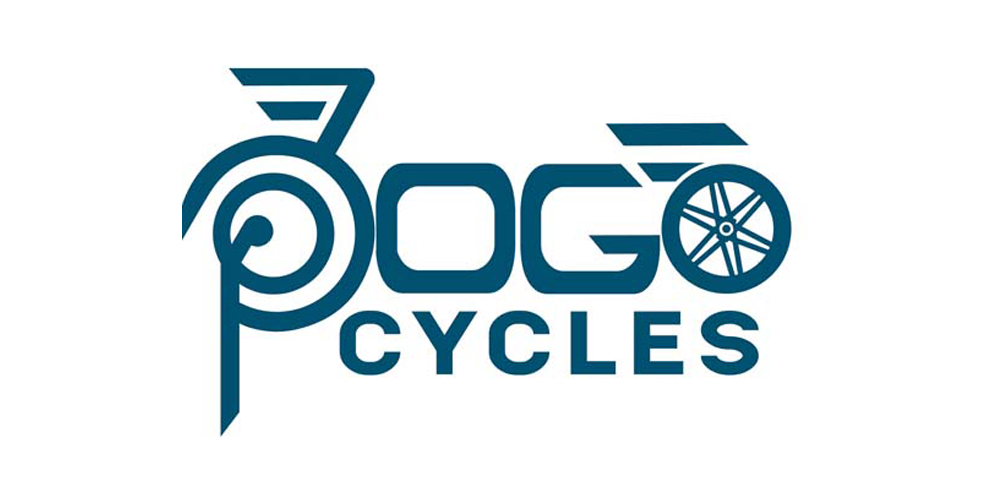Overview from e-bike-owners
Introduction:
Electric bikes are first and foremost. It incorporates an additional electric motor along with the standard bicycle designs, geometry, and parts. This is powered by a rechargeable battery, which offers riders with an extra surge of power and eventually makes riding more comfortable, convenient, and less taxing. Electric bikes allow a wide spectrum of potential bikers to experience the freedom, thrill, and joy of riding by removing many of the barriers that prevent individuals from doing so, including headwinds, steep hills, and commutes that leave riders hot, dirty, and fatigued.
Electric Bikes Increasing Popularity:
As more and more people throughout the world look for effective, inexpensive, and environmentally responsible ways of transportation, electric bikes and scooters are growing in popularity.
The market for electrically assisted bicycles, or "e-bikes," is expanding quickly. Although industry data on sales trends is accessible, little is known about the experiences of e-bike technology early adopters.
Through in-depth interviews with e-bike owners, this examines the reasons for e-bike purchases, rider experiences, and perceived effects on mobility, health, and wellbeing different overviews are listed below:
-
E-bikes are replacing other vehicles:
People frequently bought e-bikes to maintain their cycling routines in the face of shifting personal or household situations. E-bikes opened up new possibilities for individuals who might not have previously considered conventional cycling. According to perceptions of changes in travel behavior, electric scooter is not just replacing traditional cycling but also trips that would have been taken by vehicle.
Additionally, there was a view that e-biking had improved participants' personal welfare by increasing, or at the very least allowing them to maintain, their level of physical exercise. Environmental, sociological, and technological obstacles to e-biking have been noted. These included the bicycle's weight, the battery's lifespan, the cost of acquisition, the bicycle's social stigma, and the constraints of bike infrastructure. Check FIIDO bikes
-
E-bikes boosting physical and mental well being:
To measure the real levels of mode substitution and new journey generation among new e-bike owners and the effect of e-biking on boosting physical and mental wellbeing.
E-bikes may encourage users to replace automobile journeys with bicycle excursions, increase the number of trips and distance traveled, and improve cycling engagement. The majority of early e-bike adopters were senior vehicle owners whose only switch to e-bike rides seemed to take place for leisure trips with no discernible influence on commuting or shopping trips.
-
Reasons for buying an e-bike
The most frequent justification for buying an e-bike is an individual sense of physical decline, frequently brought on by a health problem. Prior to purchasing an e-bike, those who mostly traveled by traditional bicycle saw e-biking as a way to continue cycling.
People found conventional pedal riding difficult for a variety of reasons, including their health or deteriorating physical capacity, complex personal and household conditions, and shifting travel circumstances. So, e-bikes are the best alternatives. Check bike to work scheme.
-
Commuters
It is repetitive and cyclical to commute. Congestion and pollution are disproportionately caused by motorized transportation. But using active transportation might boost your health and happiness. Increasing the use of more active forms of transportation to replace car travel has become a prominent goal of transportation plans. However, the efficacy of such interventions appears to be constrained. E-bikes may provide an option for vehicle commuters who are unwilling to transition to riding.
-
Benefits perceived by the user
The advantages of e-biking over traditional cycling were thought to include the capacity to travel farther and finish more tasks in the same amount of time. There was also a notion that e-biking was substituting trips that would have been taken by vehicle, as well as that it implied good benefits to health and wellbeing.
People expressed a strong belief that the e-bike had made it possible to cycle for distances that a pedal cycle would not have otherwise been considered due to the length of the journey. The ability to travel farther in less time and with less effort is the main advantage of e-biking over traditional riding.
The e-bike was commonly recognised as a tool for retaining one's cycling activity and maintaining one's physical fitness, as well as for increasing the frequency and variety of cycling activity.
-
Students Overview:
Younger people are becoming more and more drawn to e-bikes. Manufacturers of e-bikes have successfully marketed and built e-bikes such that younger retirees, working adults, children, and younger adults have begun to find them appealing. Students in secondary and higher education, who increasingly ride e-bikes to get to school or university, could be the subject of special attention.
Children are increasingly dependent on adults for daily transportation in many different countries. By allowing students to go greater distances to school on their own, using an e-bike could help them regain their independence.













